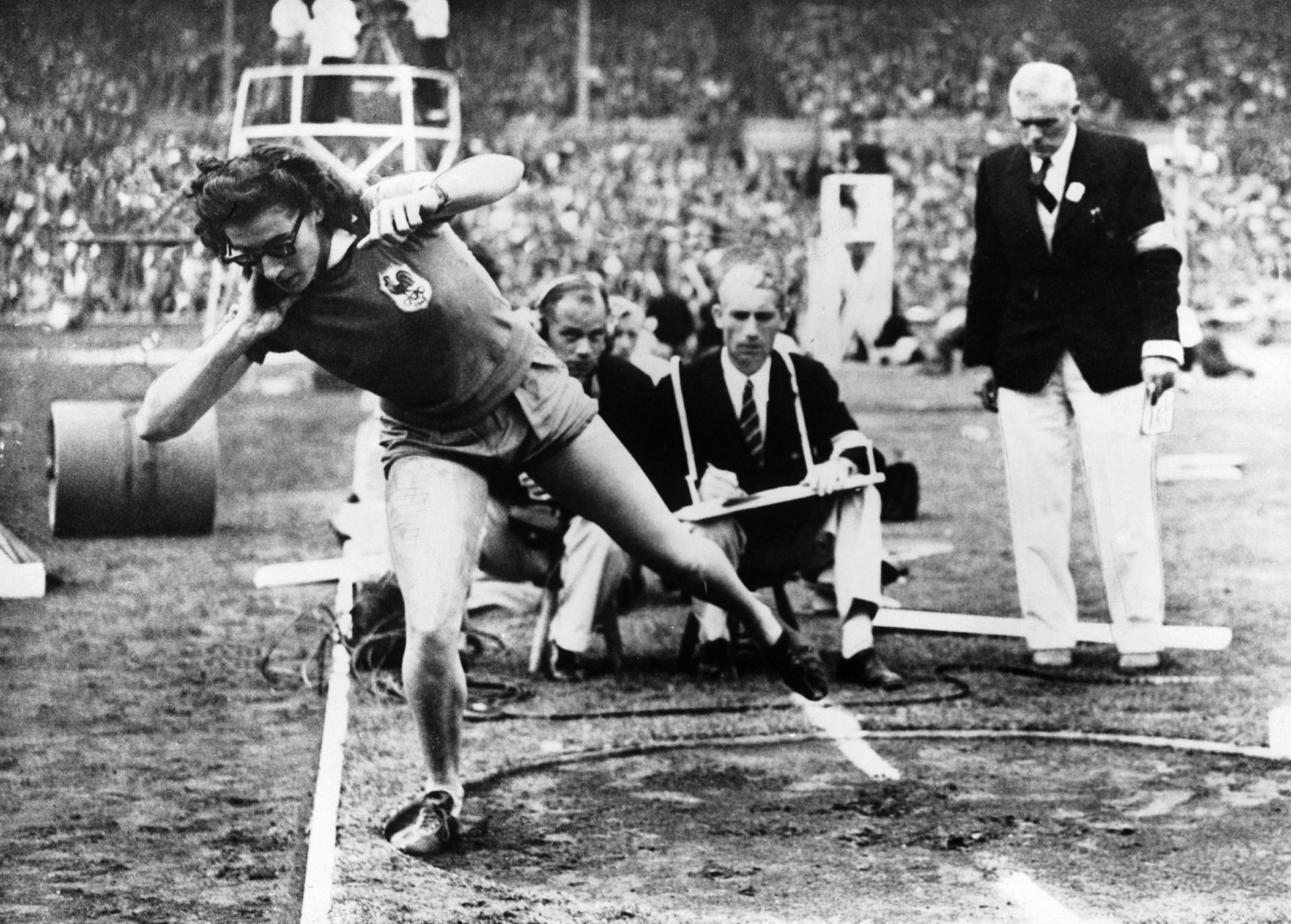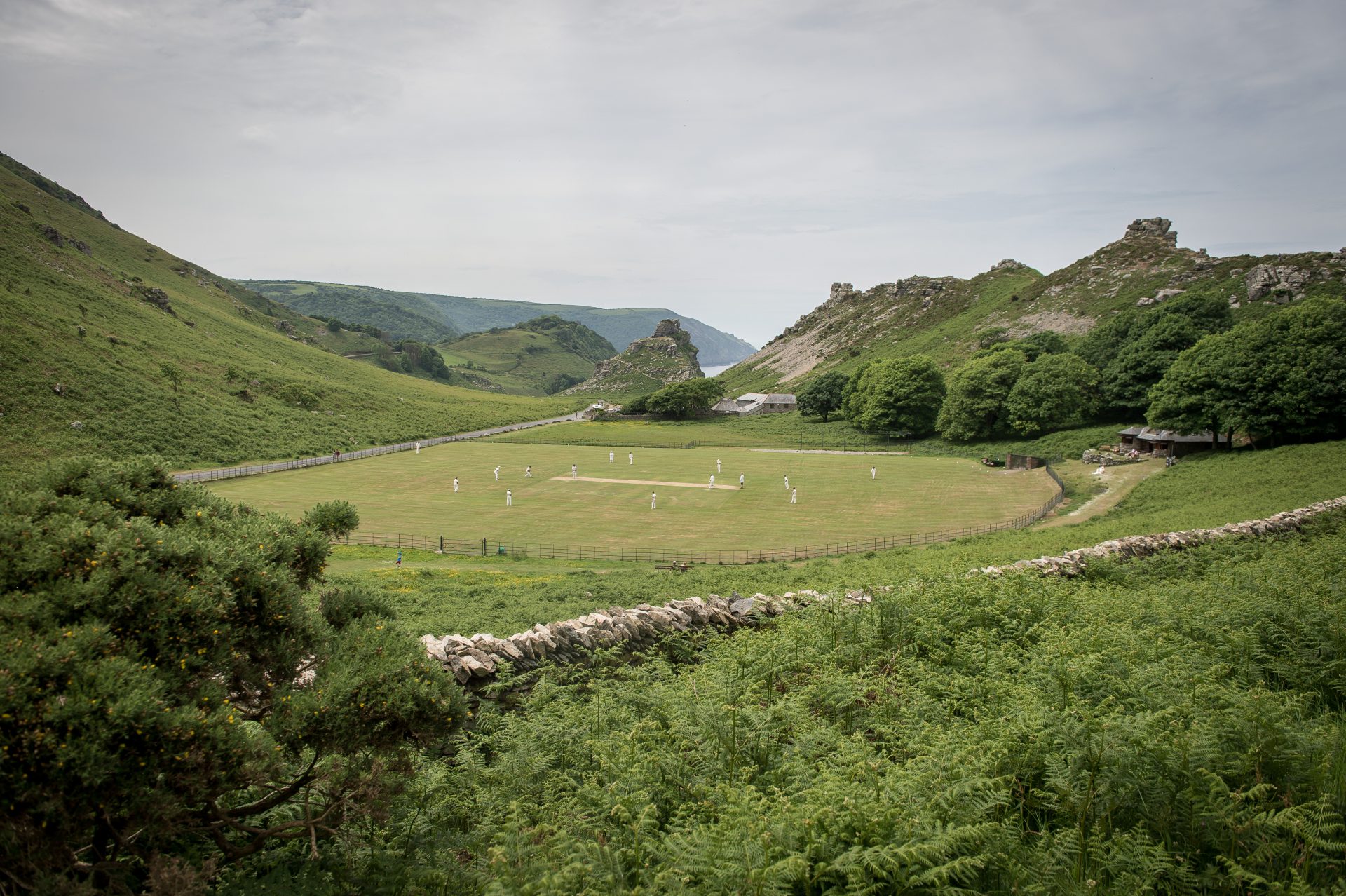In the early afternoon of a baking hot July 30, 1948, Wembley Stadium was slowly filling up with spectators in shirtsleeves and summer dresses, most of them retreating to the shade at the back of the terracing. It was the first day of track and field events at the first Olympic Games since the notorious Berlin Olympiad of 1936, a period in which the world had become a very different place indeed.
Like much of Europe, swathes of London were in ruins and its people were coming to terms with austerity and rationing. The Olympic Games, all noble ideals and purity of competition, was seen by some as the perfect vehicle to illustrate how humanity had triumphed over darkness, by others as a scandalous waste of money and resources. Posters for the games showed a classical Greek discus thrower with the Houses of Parliament in the background, pasted on billboards that masked rubble-strewn bomb sites.
The first day of competition needed something special to help win over the critics. Few would have predicted the women’s discus would provide it.
On that sweltering afternoon, women competed in the discus for the first time in Olympic history, with Edera Gentile, an experienced 28-yearold from Turin, favourite for the gold. Short, stocky and with a frantic style, she spun across the circle to fling the disc with a guttural cry 41.17 metres, more than enough to take a convincing lead.
Then the tall figure of Micheline Ostermeyer stepped up for her last attempt. Wearing the dark blue jersey and dark blue shorts of France Ostermeyer, in the bronze medal position but way behind Gentile, stood at the back of the throwing circle and began to gently swing the discus in her right hand, her left arm held outwards bent at the wrist for balance, her head completely still.
Almost imperceptibly she increased her swing and then spun across the red ash with the fleet-footed grace and elegance of a dancer, releasing the discus at the end of one fluid movement. No toppling forward, no grunt of effort, just pure rhythm and timing. The disc arced through the stillness of the heat-heavy air and thudded into the turf, not just in first place but almost a full metre ahead of Gentile’s effort. There was a second or two of silence as three stiff-legged middle-aged officials in white converged on the gouge in the turf before the crowd realised what it had just witnessed and roared its appreciation.
With a throw of 41.92m, Micheline Ostermeyer had won the first gold medal of the games. Achievement enough for any athlete, but especially one that had picked up a discus for the first time just eight weeks earlier.
Six days after winning over the Wembley crowd Ostermeyer lined up for her specialist event, the shot put. The weather had grown even hotter, a breezeless, sultry 34 degrees when Ostermeyer, wearing sunglasses, placed the shot against her neck, extended her left arm parallel to the ground and raised her left foot for a perfectly balanced moment of stillness. She dipped forward, there was a shuffling of feet and, with the same fluid grace as her discus throw, the shot was launched into the shimmering heat. Not only was her 13.75m effort good enough to clinch Ostermeyer’s second gold of the games, it was a new Olympic record.
Two days later she would win her third medal, bronze in the high jump, her 1.61m equalling her own French national record, but the golds made her a national heroine. If it hadn’t been for the Dutch sprinter Fanny Blankers-Koen winning four golds Ostermeyer’s star might have risen higher on the international stage. Even so, she had become the first French woman ever to win an Olympic gold. It would be 20 years until the next.
After her triumph in the shot, the 25-year-old returned to the French team headquarters and celebrated by giving a performance of Beethoven’s challenging and powerful Piano Sonata no.29, the Hammerklavier, for teammates and officials. As well as helping reclaim the German composer from the tainted wreckage of the Nazi regime, Ostermeyer was demonstrating the incredible versatility that allowed her to straddle the worlds of top-class athletics and classical music.
Within a year of her Olympic triumph, in May 1949 Ostermeyer gave her first solo recital as a professional concert pianist, a sold-out audience at the Salle Gaveau in Paris acclaiming a demanding programme of Brahms’ Concerto in D Minor, Liszt’s E Flat Concerto and César Franck’s Symphonic Variations. It was the beginning of a career that saw her frequently play more than 100 concerts a year and release a string of bestselling LPs.
As the niece of an organist and the great-niece of Victor Hugo, Ostermeyer had high culture in her genes, but she is rare and possibly unique in combining her musical brilliance with a sporting career at the highest level.
She was born in northern France but when Micheline was a toddler the family moved to Tunisia, where she began piano lessons at the age of four. At 13 she was accepted into the Paris Conservatoire but returned to Tunis at the outbreak of war where she soon distinguished herself in a range of sports. In her mid-teens Ostermeyer won five events at the Tunisian national athletics championships and was part of a basketball team that became champions of North Africa. Somehow, she found the time to give a weekly live piano recital on Radio Tunis.
Returning to Paris after the war she completed her studies in 1946 while becoming French national champion at the shot. Shortly after graduation, Ostermeyer won silver in the shot at the 1946 European Championships in Oslo and the following year became French champion at the heptathlon, the 60 metres dash, high jump and shot. When a spinal injury forced her retirement from athletics in 1950 at the age of just 28 Ostermeyer had won 13 French national titles in six different disciplines.
For the next 15 years, she toured regularly in Europe, North Africa and the Middle East as well as playing regular concert engagements throughout France, ignoring the snobbery of the scions of high culture who looked down upon her sporting achievements and disregarding the strange suspicion that always hangs over the polymath. For Ostermeyer athletics and music made perfect bedfellows.
“I’ve practised the piano for several hours a day my whole life, a regime as good as any fitness training devised for athletes,” she said. “Sport taught me to relax; the piano gave me physical strength and a sense of motion and rhythm.”
As training regimes go it was unconventional but, in the space of a few hot summer days in London in 1948, entirely vindicated. Certainly, among Beethoven’s many accolades coaching an Olympic champion to two gold medals remains one of the more unusual.




